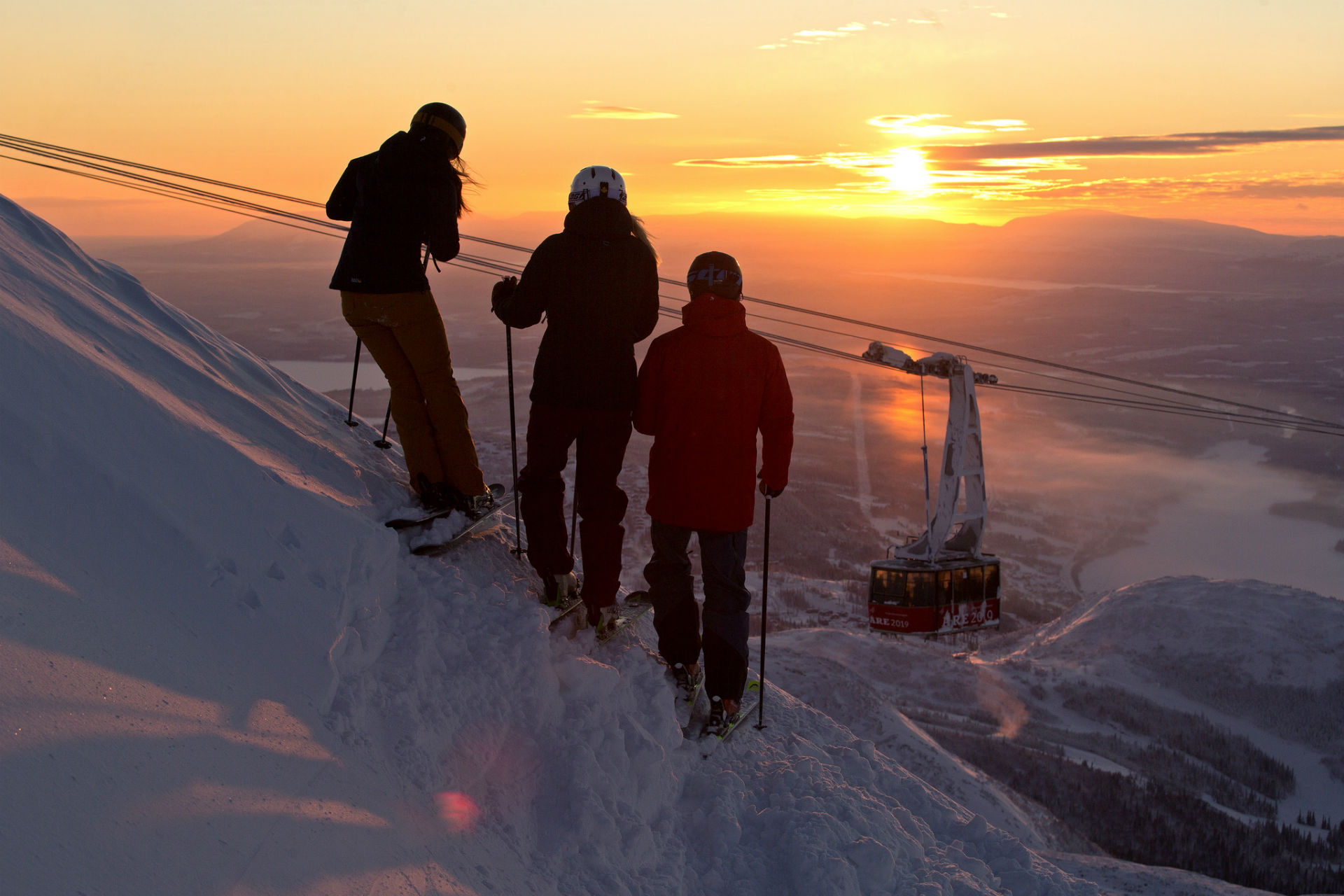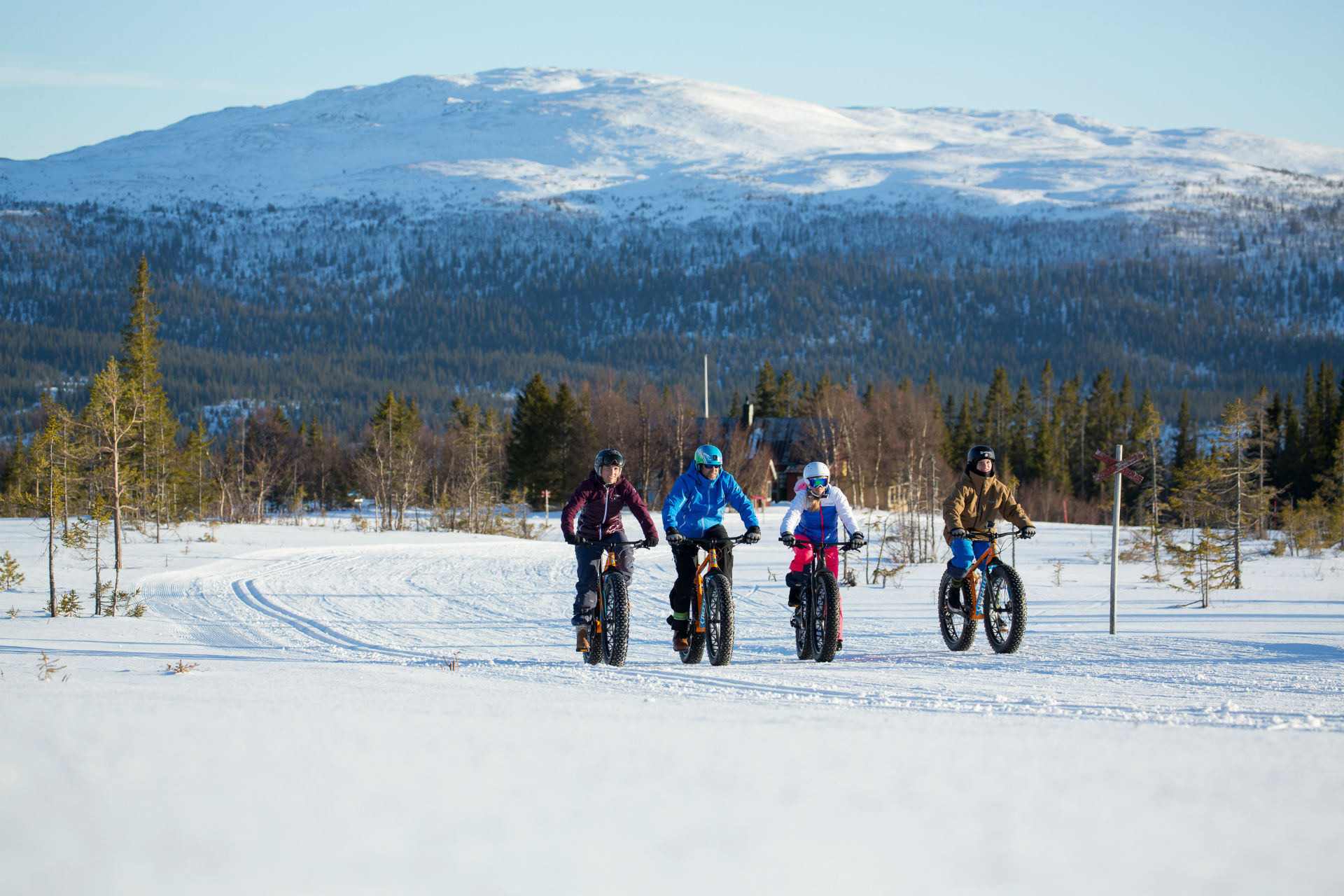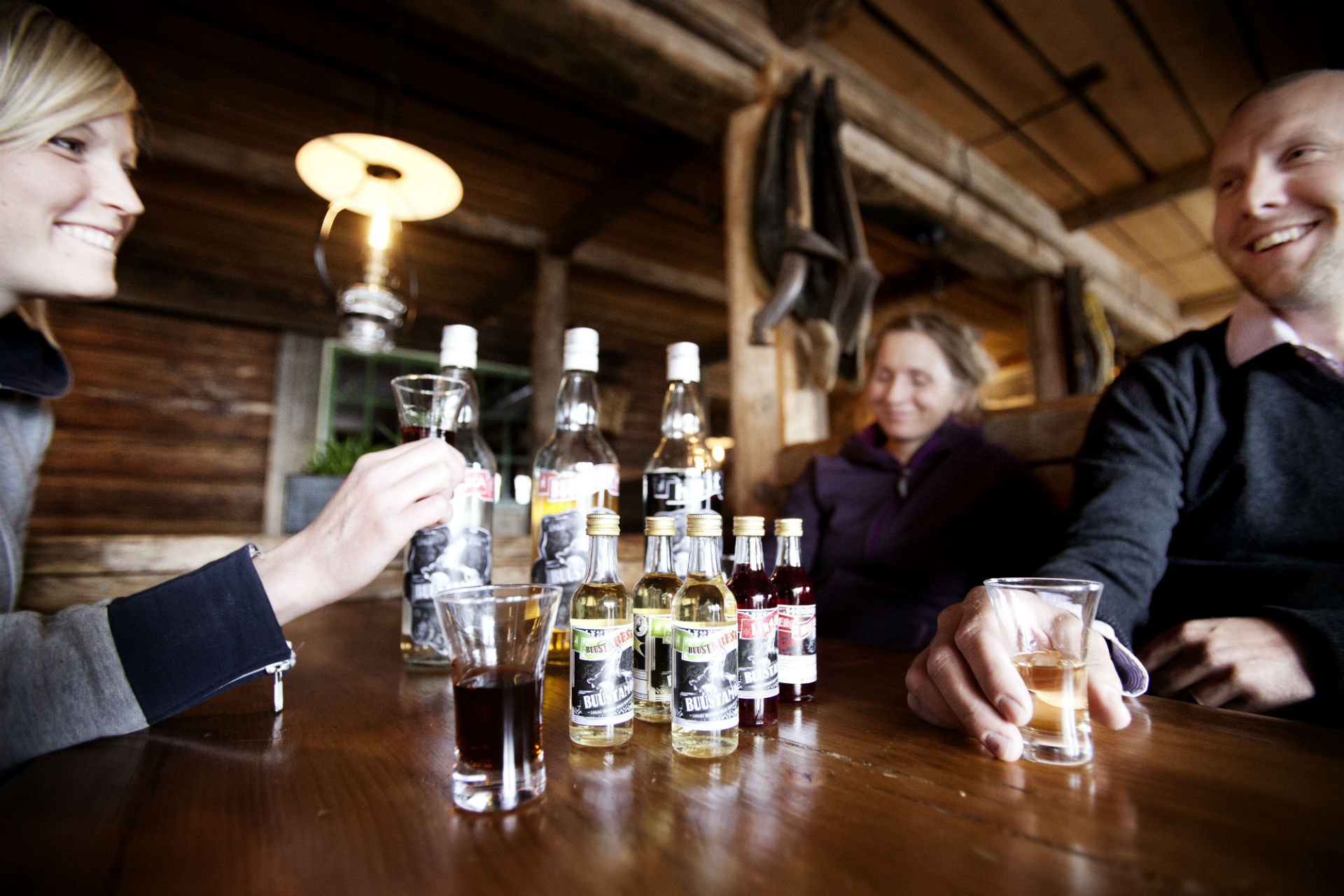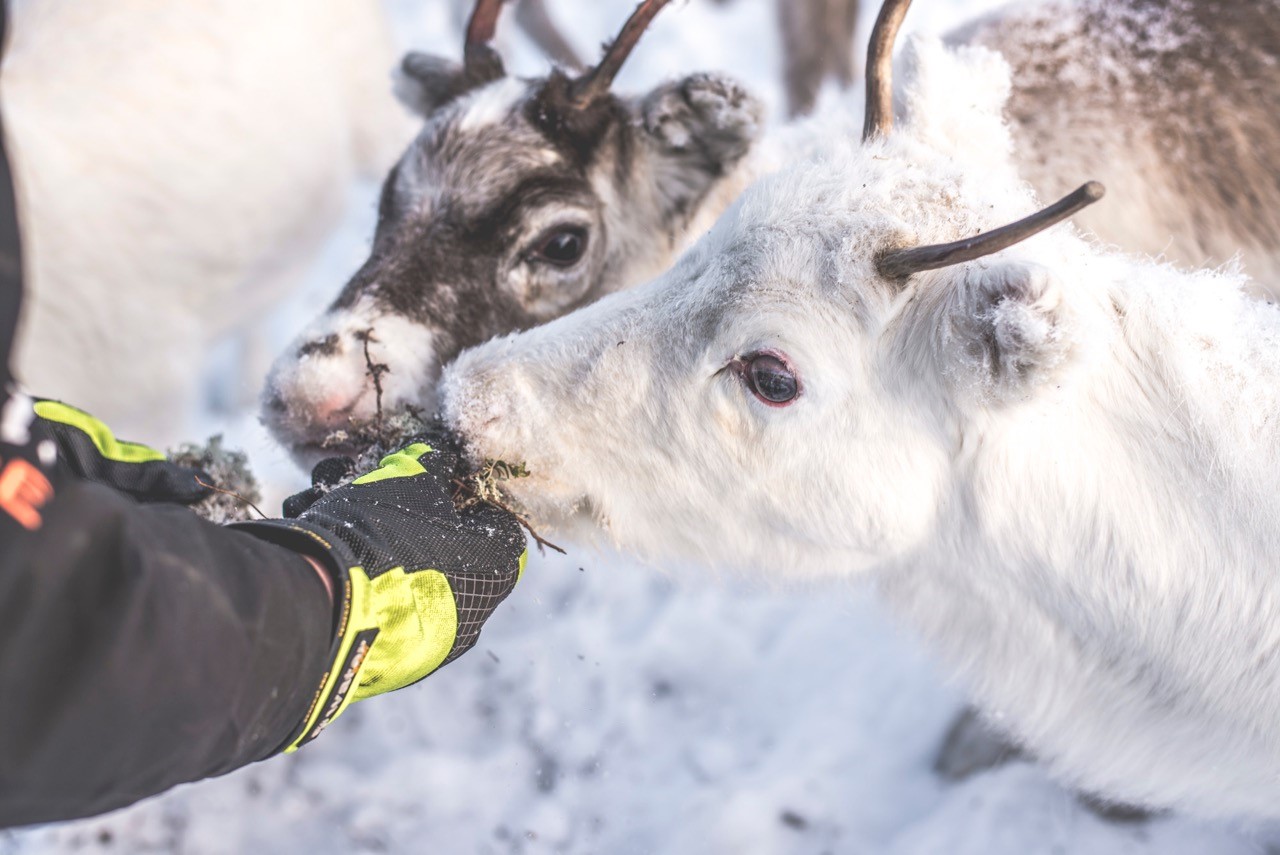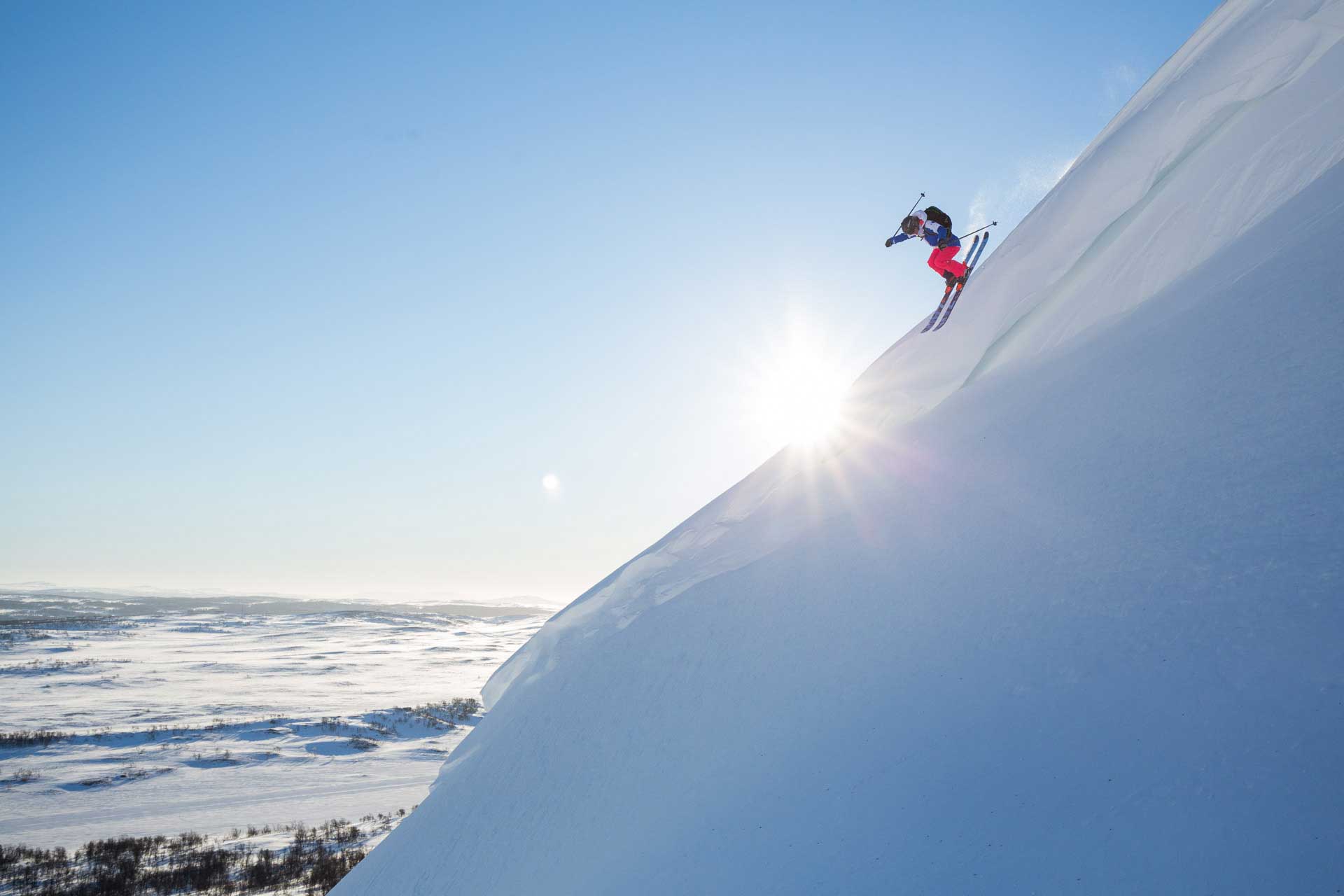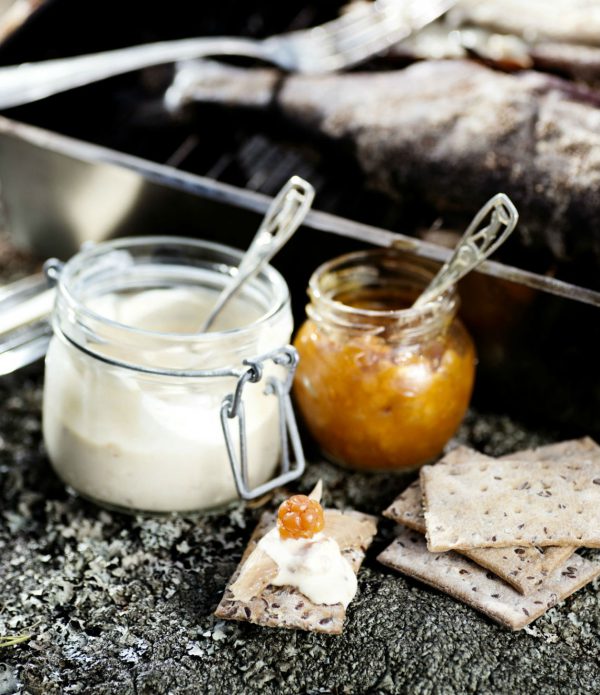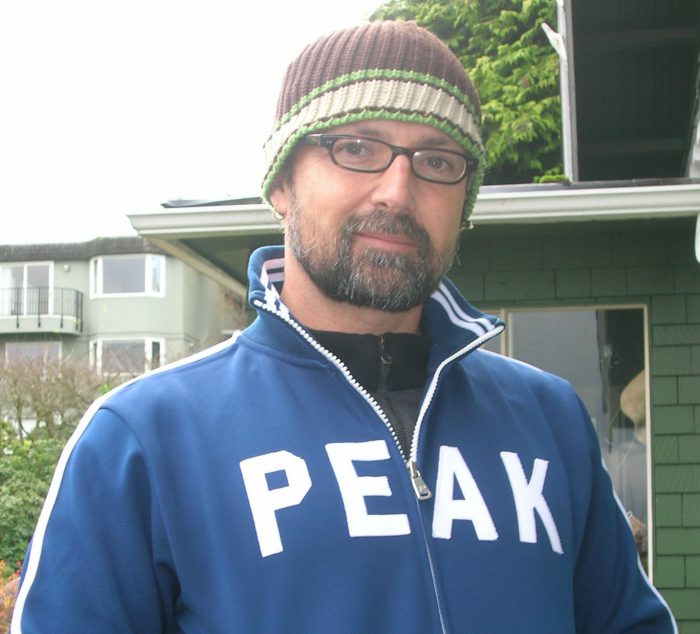“If there’s one thing I know, it’s ski towns. But it took a trip to the other side of the world, to Åre Sweden, a decade ago to make me realize why I lived in one, a knowledge reinforced ever since.” Said by Leslie Anthony, a Whistler-based author, editor, biologist and bon vivant who has never met a mountain he didn’t like.




